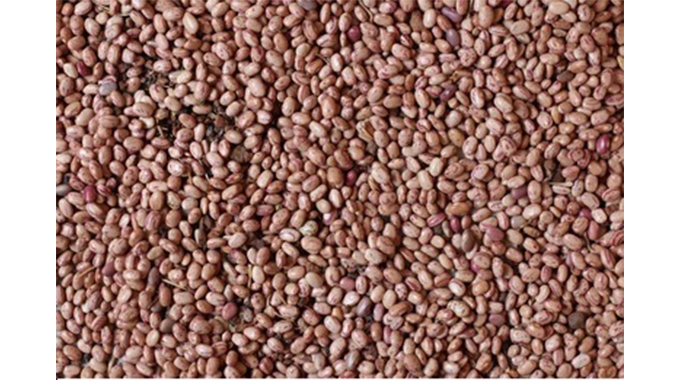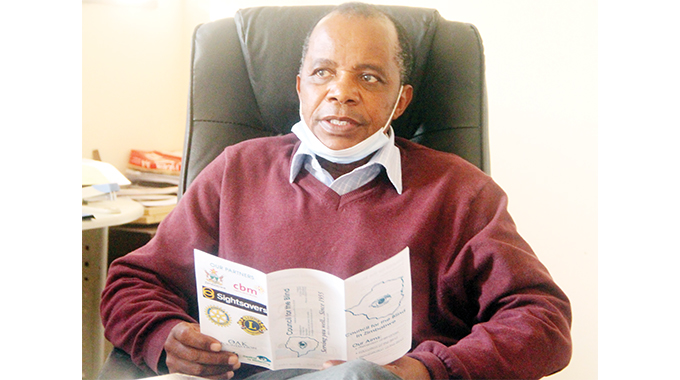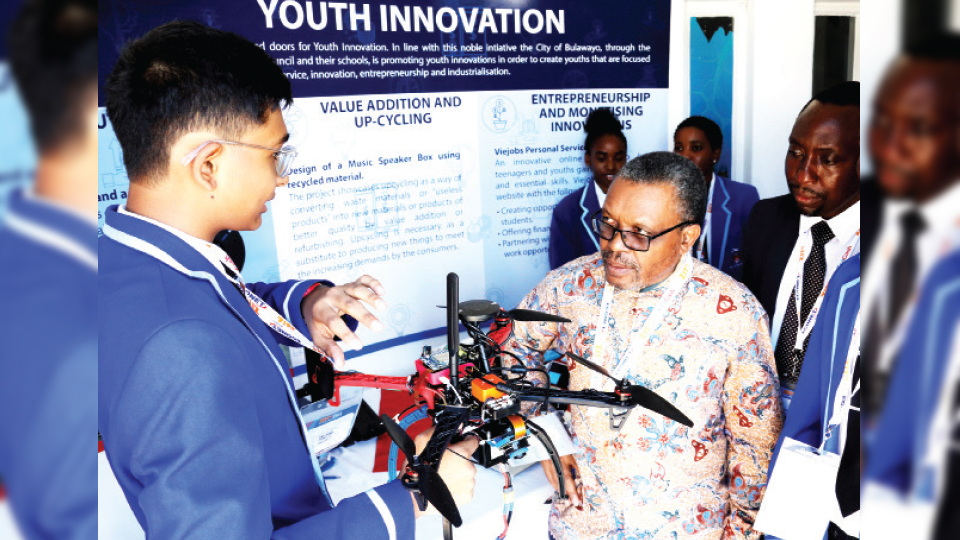Government agitates for sunflower and legume production

Sukulwenkosi Dube-Matutu, Chronicle Reporter
GOVERNMENT is formulating a sunflower and legume value chain strategy which will help improve the production of the crops which is low across the country despite their high nutritional value.
The main purpose of the sunflower and legume value chain strategy is to contribute towards the attainment of the objectives of the Agriculture and Food Systems Transformation Strategy (AFSTS) of achieving a US$ 8,2 billion agriculture economy which is food self-sufficiency and resilient.

legume
Government adopted the Agriculture and Food Systems Transformation Strategy (AFSTS) 2020-2025 to ensure attainment of Vision 2030.
The strategy envisages a prosperous, diverse, sustainable and competitive agriculture sector, ensuring food and nutrition security and significantly contributing to national development in the face of increasing population and climate change.
In order to achieve food self-sufficiency, AFSTS focuses on food and nutrition security, import substitution, exports diversification, value addition, employment creation and incomes.
It seeks to improve crop and livestock productivity and raise the gross agriculture production value to US$8,2 billion from US$5,2billion.
AFSTS also seeks to ensure that existing agricultural resource base is maintained and improved, including restoration of soil health to achieve sustainable agriculture production.
The Ministry of Lands, Agriculture, Fisheries, Water and Rural Development in collaboration with the Centre for Agriculture and Food Policy is conducting provincial farmer stakeholder consultation meetings which will result in formulation of provincial sunflower and legume value chain strategies.
The provincial strategies will feed into the national strategy.
Speaking recently during a Matabeleland South provincial consultative meeting in Gwanda, Centre for Agriculture and Food Policy (CAFP) research associate, Mr Gamuchirai Chuwunze said the second crop assessment report 2021/2022 showed that the country produced 239, 793 tonnes of legume crops against a required 639,254 tonnes.

sugar beans
These include groundnuts, roundnuts, sugar beans, African peas and soya beans.
“When it comes to legumes production such as cow peas, soya beans, groundnuts, Matabeleland South has been lagging behind when compared to other provinces mainly due to the climate conditions.
The province has been doing well in forage legumes because of livestock production. There is a need to develop legume varieties which are suitable for this region because of their rich nutritional component,” he said.
Mr Chuwunze said Government wants to push the consumption and production of legumes in the country hence development of the sunflower and legume value chain strategy. He said production of legumes has relatively remained low in Zimbabwe compared to other countries in the region.
He said production in the country was below 50 percent of what is required.
Mr Chuwunze said Matabeleland South province contributed 2,4 percent of sugar beans that were produced, 0,03 percent of sunflower, five percent of roundnuts and 5,8 percent of cow peas.
Ministry of Lands, Agriculture, Fisheries, Water and Rural Development agricultural economist, Mr Ability Mufunda said legumes had a huge role to play to ensure food and nutrition security within communities.
“Legumes are important crop as they are a source of protein for people and they are also a good fodder crop. They also provide nitrogen fortification in soils and they are a source of raw materials for products such as peanut butter, stockfeed, confectioneries and cooking oil,” he said.
“Production of legumes is too low to sustain local manufacturing industries. For instance soyabean production is estimated at 80 000 tonnes against a national requirement of 400 000tonnes.”

soyabean
He said low production and productivity of legumes was caused by high input costs, post harvest losses, low yielding seed varieties and low investments into the value chain.
Mr Mufunda said there was a need to develop legume and sunflower value chain where the country is able to export legumes and by products to earn foreign currency.
He said there was also a need to incentivise farmers to increase the production of sunflower and legumes through equipping them with the technology and services required in the production of these strategic crops.
“There is also a need to strengthen agro-processing support for legume and sunflower production, develop appropriate financing mechanisms for legumes and sunflower,” he said. – @DubeMatutu











Comments